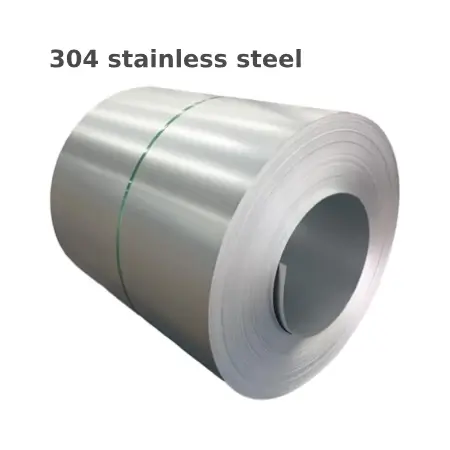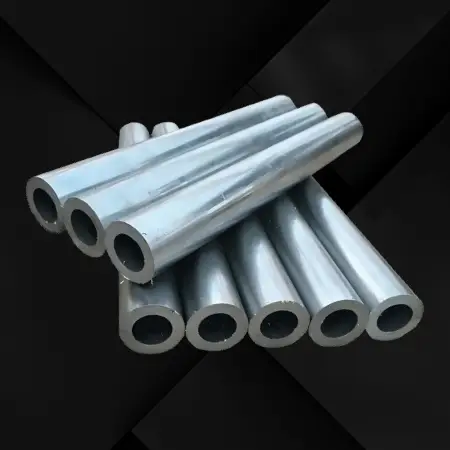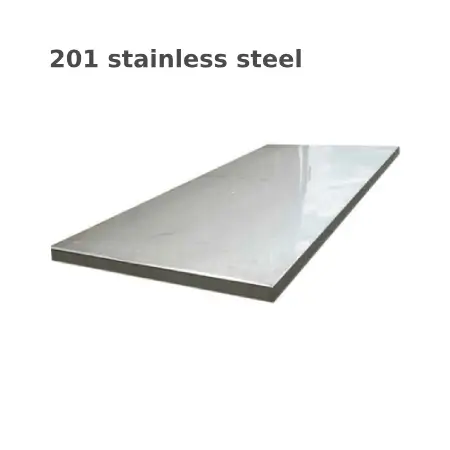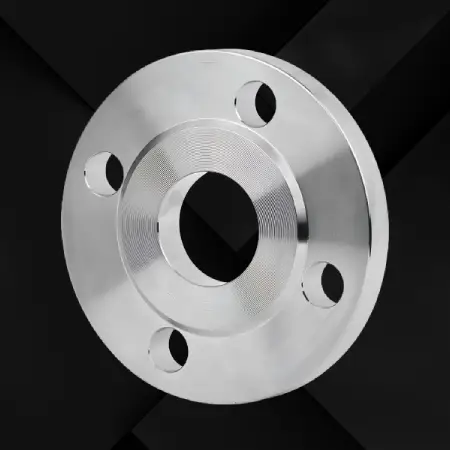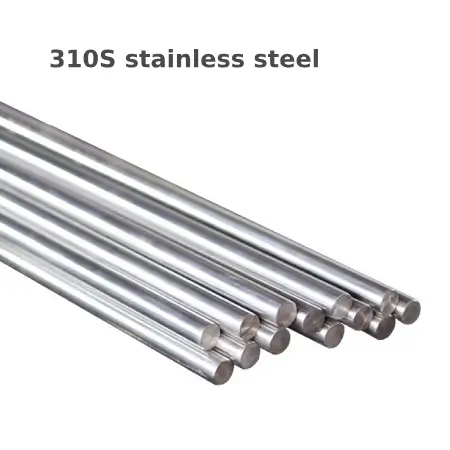304 Stainless steel typically designated as "18/8" for its composition of 18% chromium and 8% nickel, is one of the most widely used and well-known grades within the Austenitic family of stainless steels.
Introduction to 304 Stainless Steel
General Characteristics: 304 stainless steel is an Austenitic stainless steel with excellent corrosion resistance, formability, and weldability. It is the most common grade and is renowned for its combination of durability and ease of fabrication.
Material Composition: The basic composition of 304 steel includes iron as the primary material with the addition of at least 18% chromium and 8% to 10.5% nickel, which contribute to its austenitic structure and corrosion resistance.
Typical Applications: It is used in a wide range of applications due to these properties, including kitchen appliances, cutlery, automotive parts, chemical and food processing equipment, construction materials, and many more for its strength and workability.
Forming and Fabrication: 304 stainless steel is easily formed, bent, and processed using standard metalworking techniques, making it ideal for use in creating complex shapes and structures. It is also commonly used in welded applications because it still retains its corrosion resistance after the welding process.
Welding: It offers good weldability and can be welded using different methods, including gas tungsten arc welding, shielded metal arc welding, submerged arc welding, and gas metal arc welding.
Heat Treatment: While 304 stainless does not undergo hardening through thermal treatment like ferritic or martensitic steels, it can be annealed to improve ductility and relieve internal stresses from processing.
Corrosion Resistance: 304 stainless steel is known for its excellent general corrosion resistance and ability to form a passive film that protects the surface from further corrosion.
Variability: In certain corrosive environments, type 304 may be more susceptible to corrosion than other types, such as 316. which contains molybdenum and provides superior corrosion resistance, especially to pitting and crevice corrosion.
Surface Finish: 304 stainless steel can be supplied in various surface finishes, such as mill finish, polished (2B, BA, and mirror), as well as pickled and passivated for improved appearance, cleanliness, and corrosion-resistant properties.
Environmental Stability: The material performs well in many environments and is especially stable in dry environments. For more aggressive chemical or industrial environments, alloys with molybdenum may be preferred.
Recyclability: Stainless steel 304 is fully recyclable without loss of properties, demonstrating its environmental sustainability.
Variations: There are variations of 304 stainless steel that have slightly different compositions and properties, such as 304L with a lower carbon content to minimize carbide precipitation, making it better for use in welding and high-temperature applications.
304 Stainless steel is valued for its balance of strength, corrosion resistance, and workability, making it suitable for a wide range of applications from consumer products to heavy industrial use. Its recyclability and widespread use add to its appeal as a versatile and sustainable material of choice in many industries.

